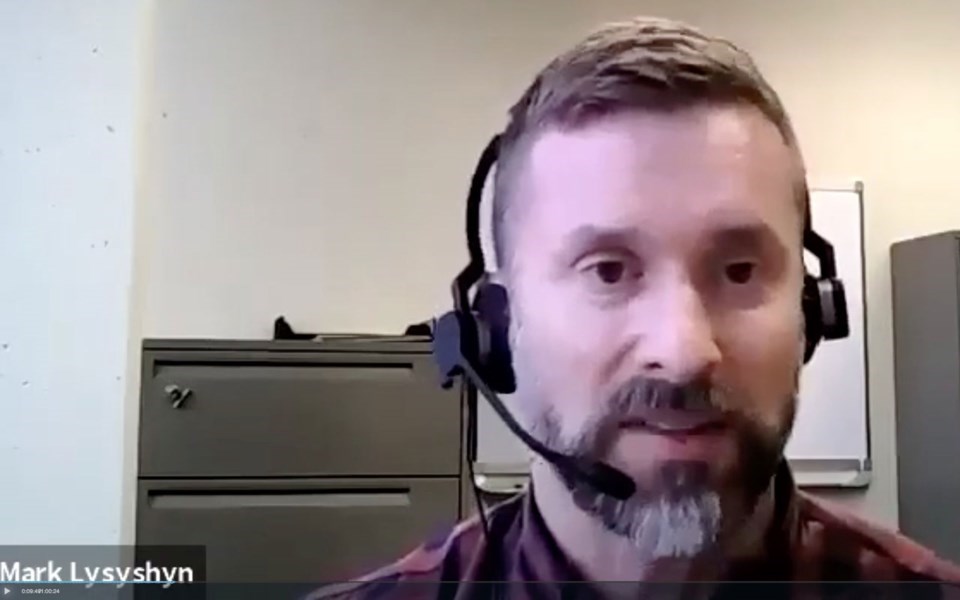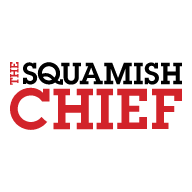In response to the perception that Squamish's school district is withholding COVID-19 exposure information, health and school officials cited privacy concerns and promised a more "unified" approach to communicating.
On Sept. 30, Vancouver Coastal Health's deputy doctor and the Sea to Sky School District's superintendent held a virtual meeting to answer questions from parents, teachers and the media.
One major issue brought up during the meeting was the perception in the community that the sharing of information regarding COVID-19 exposures appears to be subjective.
For example, it appears as if Fraser Health has been very forthcoming about exposures, while Vancouver Coastal Health has not.
"I think it's important to know that every situation is different," said Dr. Mark Lysyshyn. "These are medical situations and we are medical professionals that are assessing them. I don't think you would want to go see a doctor who's just going to do the same thing for every patient regardless of what the situation is."
He said that privacy is key to ensuring that people are willing to report exposures or get tested.
"When we say there's a case in the school system, that is actually revealing information about somebody and their health status," said Lysyshyn.
"And people can face stigma for that, and we want to avoid that, because if people are afraid that their medical information is going to be shared every time a case is going to be reported to us, well guess what — they're going to stop testing. Because nobody wants to have their medical information shared with the public."
He said there was debate about the circumstances in which that information should be shared.
Going forward, the process of communication will be more standardized.
"We have all now agreed on a process," said Lysyshyn. "And so, basically now, if we believe there has been an exposure in the school setting, and we are isolating people in the school setting, we are going to post a public notification on our website and we are going to recommend that the school district issues a communication to the school community so that everybody knows there has been an exposure, the school district is working with Vancouver Coastal Health, and the people at risk will be reached directly."
The priority is to reach the people directly affected first, he said. Once that's done, the school district will be notified and VCH will post a notice on their website.
He noted dealing with a pandemic during back-to-school is new territory for authorities, so in some cases the order in which that happened "has not been the order that would be ideal."
"I think going forward, you'll see a much more unified approach," he said.
Supt. Lisa McCullough said that when information about cases in Signal Hill and Howe Sound Secondary schools was shared, it had consequences that were not desirable.
"People rushed to get tested and lined up on the streets and blocked traffic," she said.
"It's always this balance of, 'Is informing helpful or are we causing harm or worry?' And it's easy to say, 'If I have information, I'm not worried,' and, yet, every time we share information we seem to see a spike in the level or worry that families have."
She noted that Mamquam did not receive wide communication on its case — which left many families and teachers wondering why they hadn't been contacted — because that exposure occurred before the current VCH communications policy.
Lysyshyn said the only difference in the Mamquam case was communication, not the method of how the public health authority was managing the risk.
There were other questions posed to Lysyshyn.
A concern was raised as to why students wouldn't simply just stay with online learning.
Lysyshyn said that the pandemic has become a regular part of our lives, and that society has to learn to live with it.
It's crucial that students get to socialize and see their peers, he said.
Adhering to this past spring's stay-at-home policy may not be an ideal route, he said.
"It did control transmission, but it created a tremendous amount of harm. Harm for families, harm for individuals, harm for communities," said Lysyshyn.
A shutdown was warranted initially because there wasn't much known about the disease, but with more information, authorities have learned that places like schools and workplaces can operate safely, he said.
He noted that while cases are going up, the rate of hospitalization and death is going down.
During the first wave, 20% of cases resulted in hospitalization, while only 3% do now, Lysyshyn said. About 10% resulted in death back then, and only 1% do now.
The healthcare system is managing to hold up, he said.
Changes in the symptoms list that removed runny noses and sore throats, among other things, have occurred because authorities determined it was creating unnecessary absences.
"We know that kids get a lot of mild symptoms like runny nose[s] over the school year, and we didn't want those kids to needlessly have to be out of school," said Lysyshyn. "Because we also know while runny nose[s] can be a symptom of COVID, it's not a common symptom of COVID on its own."
Lysyshyn also addressed a question about a health guideline change that allows distancing to be one metre rather than two.
"If you can't maintain physical distancing, it's better to be one metre away than no metres away," he said.
He said it was basically acknowledging that people will not always be able to stay two metres apart.
"It's basically a realistic approach," he said.




